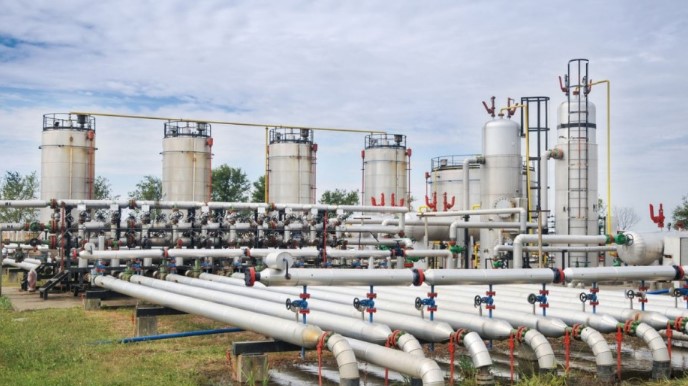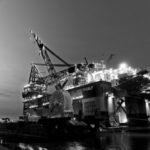
Gas blanketing is an essential technique used in industrial applications to manage gases and maintain safety. Both techniques involve replacing atmospheric air with an inert gas to prevent fires, explosions, or other safety hazards. In this article, you will learn the basics of inerting and purging techniques and their significance in gas management.
Understanding Inerting
This is the process of replacing atmospheric air with an inert gas, such as nitrogen or argon, to create an inert environment that is not conducive to combustion. This gas flushing technique prevents fires and explosions in storage tanks, pipelines, and other enclosed spaces where flammable gases or liquids may be present. Using inert gases can help reduce the risk of ignition by removing the oxygen that fuels combustion.
The Importance of Purging
Purging removes gas or vapour from a container or system to make it safe for maintenance, repair, or inspection. Purging is necessary when switching between different gases or when the system is contaminated. Purging helps remove any hazardous or toxic gases that could pose a safety risk to workers.
Different Types of Gas Blanketing Techniques
Different types of gas blanketing techniques are used in industrial applications, including displacement, dilution, and pressure techniques. Displacement involves using an inert gas to displace the air or gas in a container. Dilution involves reducing the gas concentration by introducing an inert gas into the system. Pressure techniques involve increasing the pressure of the system to force the gas out of the container.
Benefits of Gas Blanketing Techniques
These techniques are critical for ensuring safety in industrial applications. These techniques help reduce the risk of fires, explosions, and other safety hazards by removing flammable or hazardous gases from the environment. They also help ensure the system is safe for maintenance, repair, or inspection.
Considerations for Selecting Inert Gases
Several factors should be considered when selecting an inert gas, including the application, cost, availability, and safety concerns. Some inert gases, such as argon and nitrogen, are commonly used in industrial applications due to their low cost and availability. However, some applications may require more specialised inert gases, such as helium or carbon dioxide, which can be more expensive.
The Role of Gas Monitoring in Gas Blanketing
Gas monitoring is a critical aspect of gas blanketing techniques. Gas monitoring systems can detect the presence of hazardous gases and ensure that this process is effective. Continuous monitoring can also help identify leaks or other safety hazards that may arise during the process.
Regulations and Standards
These techniques are subject to various regulations and standards to ensure safety and compliance. They may vary depending on the industry and application. Compliance with these regulations and standards is essential for maintaining safety and avoiding penalties.
Technique Enhances Safety in Chemical Processing
These gas flushing techniques are crucial in ensuring safety in chemical processing industries. These techniques help prevent fires, explosions, and other safety hazards by removing flammable or hazardous gases from the environment.They involve replacing atmospheric air with an inert gas to create an environment that is not conducive to combustion while purging is used to remove hazardous or toxic gases. Proper selection of inert gases, gas monitoring, and compliance with regulations and standards is essential for effective gas management in chemical processing industries.
Conclusion
Purging and inerting techniques are critical for ensuring safety in industrial applications where flammable or hazardous gases may be present. Using inert gases can help prevent fires, explosions, and other safety hazards. Selecting suitable inert gas, monitoring the gas levels, and complying with regulations and standards is essential for effective gas management. Industries can maintain a safe and efficient work environment by understanding the basics of gas flushing techniques.





